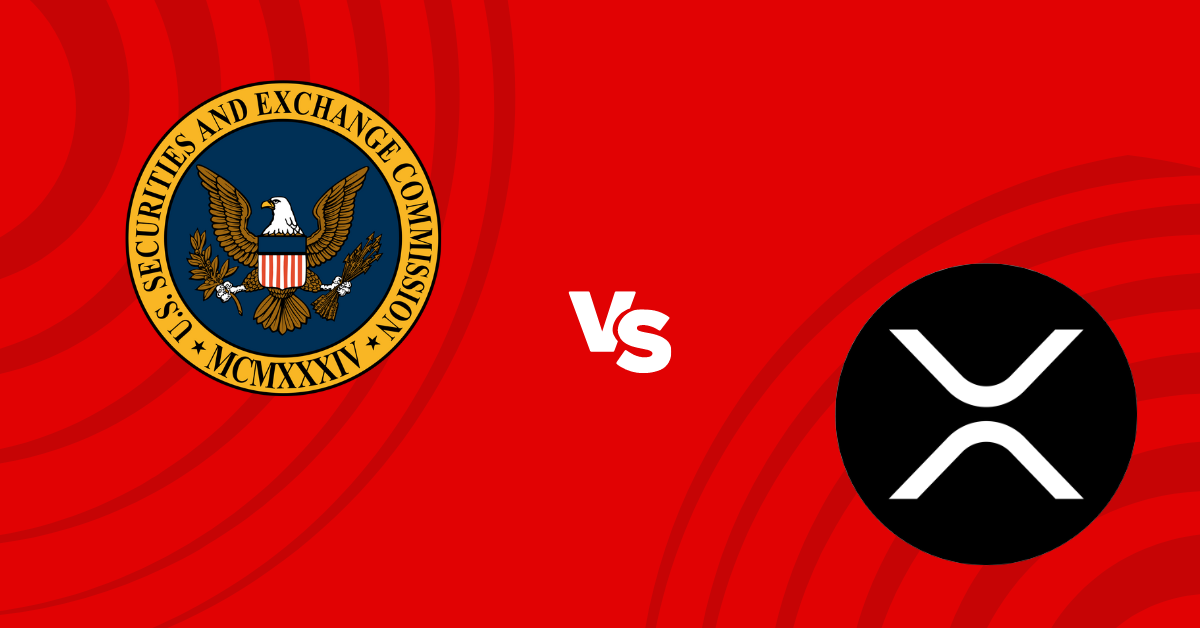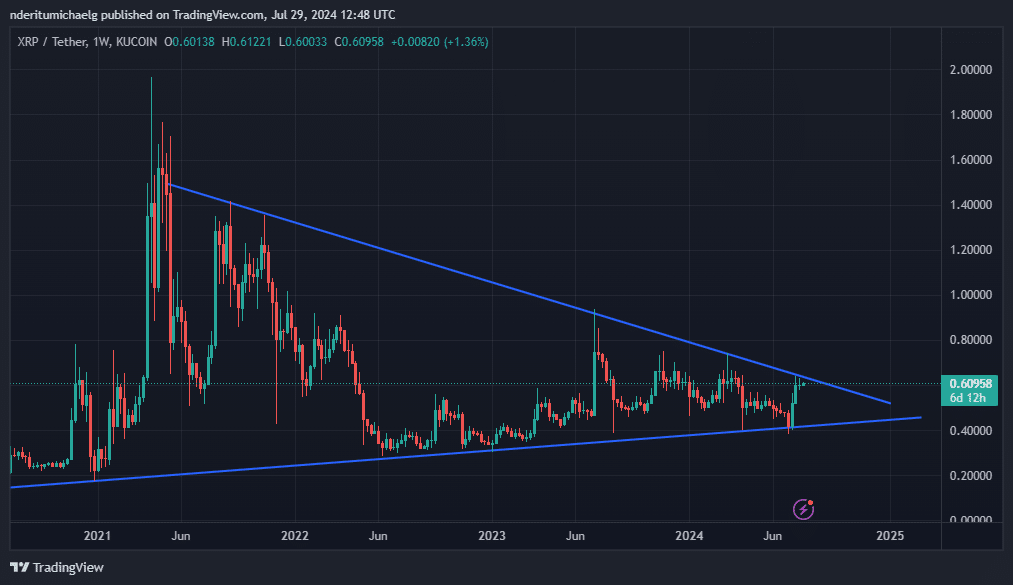Ethereum spot ETFs faced a net outflow of $98.3 million on July 29, extending a four-day streak of withdrawals. The Grayscale Ethereum Trust (ETHE) saw a notable outflow of $210 million, while the Grayscale Ethereum Mini Trust (ETH) attracted $4.9 million. Other ETFs had mixed results: BlackRock’s iShares Ethereum Trust (ETHA) gained $58.2 million, and Fidelity’s Ethereum Fund (FETH) saw $24.8 million in inflows.
Ethereum spot ETF had a total net outflow of $98.2856 million on July 29, and continued to have net outflows for 4 consecutive days. Grayscale ETF ETHE had a single-day outflow of $210 million, Grayscale mini ETF ETH had a inflow of $4.8967 million, BlackRock ETF ETHA had a… pic.twitter.com/qicdRSrVUR
— Wu Blockchain (@WuBlockchain) July 30, 2024
$340M in Ethereum ETF Outflows During Initial Week
In their first week of trading, nine Ethereum ETFs experienced $340 million in outflows, reflecting investor withdrawals from high-fee legacy products. Despite this, eight new Ether ETFs, approved by the SEC, collected $1.17 billion over four trading days ending July 26. BlackRock, Bitwise, and Fidelity saw the largest inflows, while Grayscale’s Ethereum Trust lost $1.5 billion.
Grayscale’s new “Ethereum Mini Trust,” with a 0% fee, attracted $91 million in its debut week, suggesting a shift toward lower-cost options. Ether’s price fell by 4.6% to around $3,331 since the ETFs launched on July 23 but remains up 46% for the year.
Digital Asset Products Show Continued Inflows
The digital asset sector saw a positive inflow streak for the fourth week, with $245 million added last week and year-to-date inflows reaching $20.5 billion. Bitcoin products led with $519 million in inflows last week, totaling $3.6 billion month-to-date and $19 billion year-to-date.
Shubh Varma, CEO of Hyblock Capital, noted that Bitcoin’s investment surge is partly due to favorable political climate and anticipated Federal Reserve rate cuts. Varma highlighted former President Trump’s pro-crypto stance as a key factor in the shift toward Bitcoin.
Anoma Aims for $1 Billion Valuation Amid Crypto Funding Surge
Anoma, a blockchain protocol backed by Polychain, is reportedly seeking additional funding with the aim of achieving a $1 billion valuation, according to reports.
The Anoma Foundation, a non-profit organization responsible for the privacy-focused blockchain Namada, is currently in negotiations to secure new investment that would increase its valuation to $1 billion, sources familiar with the situation informed Bloomberg on July 30.
Based in Zug, Switzerland, the Anoma Foundation is said to be aiming to raise up to $40 million, although the specific identities of potential investors have not been disclosed. A spokesperson for Anoma confirmed to Bloomberg that the organization is “actively engaged in discussions,” but did not provide a timeline for concluding the funding round.
Founded in 2020 by Awa Sun Yin, Adrian Brink, and Christopher Goes, Anoma positions itself as the first “generalized intent-centric blockchain architecture,” enabling developers to create multi-party decentralized applications on-chain.
In May 2023, Anoma successfully raised $25 million in a funding round led by CMCC Global, with participation from investors such as Electric Capital, Coinbase Ventures, and Delphi Digital. This followed a $26 million funding round in 2021, led by Polychain Capital.
If successful, Anoma will join other blockchain startups achieving the $1 billion valuation milestone in 2024. For instance, Humanity Protocol, a web3 digital identity startup, secured $30 million at a $1 billion valuation in May 2023, and IO Research, the developer of the Solana-based decentralized physical infrastructure network io.net, also reached a fully diluted token valuation of $1 billion in its most recent funding round.
Ripple vs. SEC Verdict Approaches: Potential Impact on XRP Holdings

The long-awaited verdict in the Ripple [XRP] versus SEC case may be nearing its conclusion. Reports suggest that Judge Analisa Torres is in the final stages of deliberation, potentially concluding a legal battle that has lasted nearly four years.
Since the case began in December 2020, Ripple has faced accusations from the SEC of breaching U.S. securities laws through its XRP issuance. The outcome of this case could significantly influence regulatory frameworks and legal precedents in the cryptocurrency sector.
Judge Torres is reportedly considering the final judgments, which could provide much-needed clarity on the U.S. regulatory stance toward Ripple and the broader crypto market. Despite some legal victories, such as the partial ruling that XRP is not classified as a security, Ripple is still awaiting final penalties. There is also a chance the SEC might appeal, potentially prolonging the case.
While the precise timing of the verdict remains uncertain, it could be announced within the next four weeks. This timing is especially relevant given potential changes at the SEC contingent on the outcome of the U.S. presidential elections.
Check Out the Latest Prices, Charts, and Data of XRP/USDT
What Does This Mean for Ripple and XRP?
The ongoing case has impeded Ripple’s service expansion, such as its On-Demand Liquidity (ODL) solutions. A favorable ruling could pave the way for Ripple to forge new partnerships and expand its operations. Many exchanges delisted XRP due to the legal uncertainty; a positive verdict might lead to its reinstatement, enhancing liquidity.
The ruling’s impact on XRP’s performance could be substantial. Currently trading at $0.61, XRP is in a long-term wedge pattern and approaching a critical squeeze zone, suggesting that a breakout could be imminent. The previous partial legal win in June 2023 sparked a 100% rally, and the case’s resolution might lead to increased volatility.

At present, XRP faces resistance at its current price level and may experience a retracement. A breakout from the triangle pattern could be forthcoming, signaling potential future movements.


